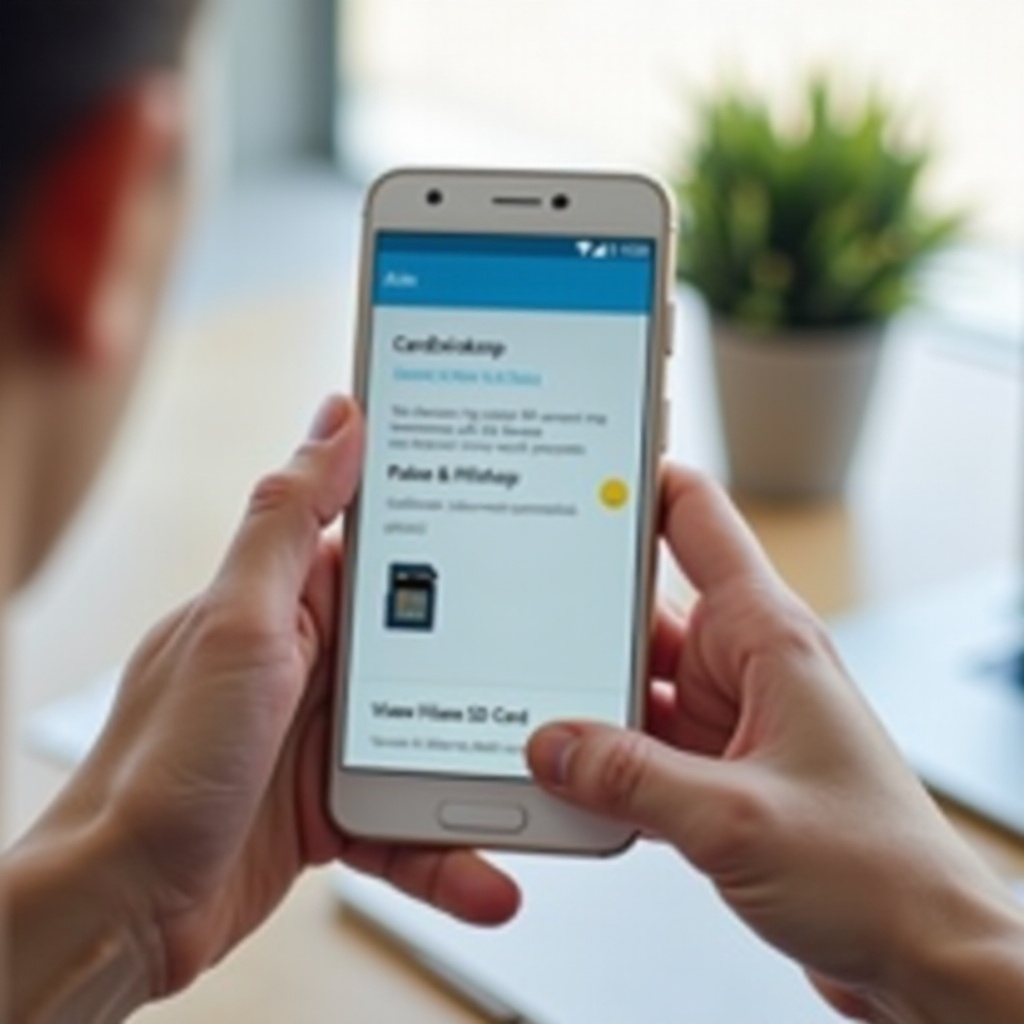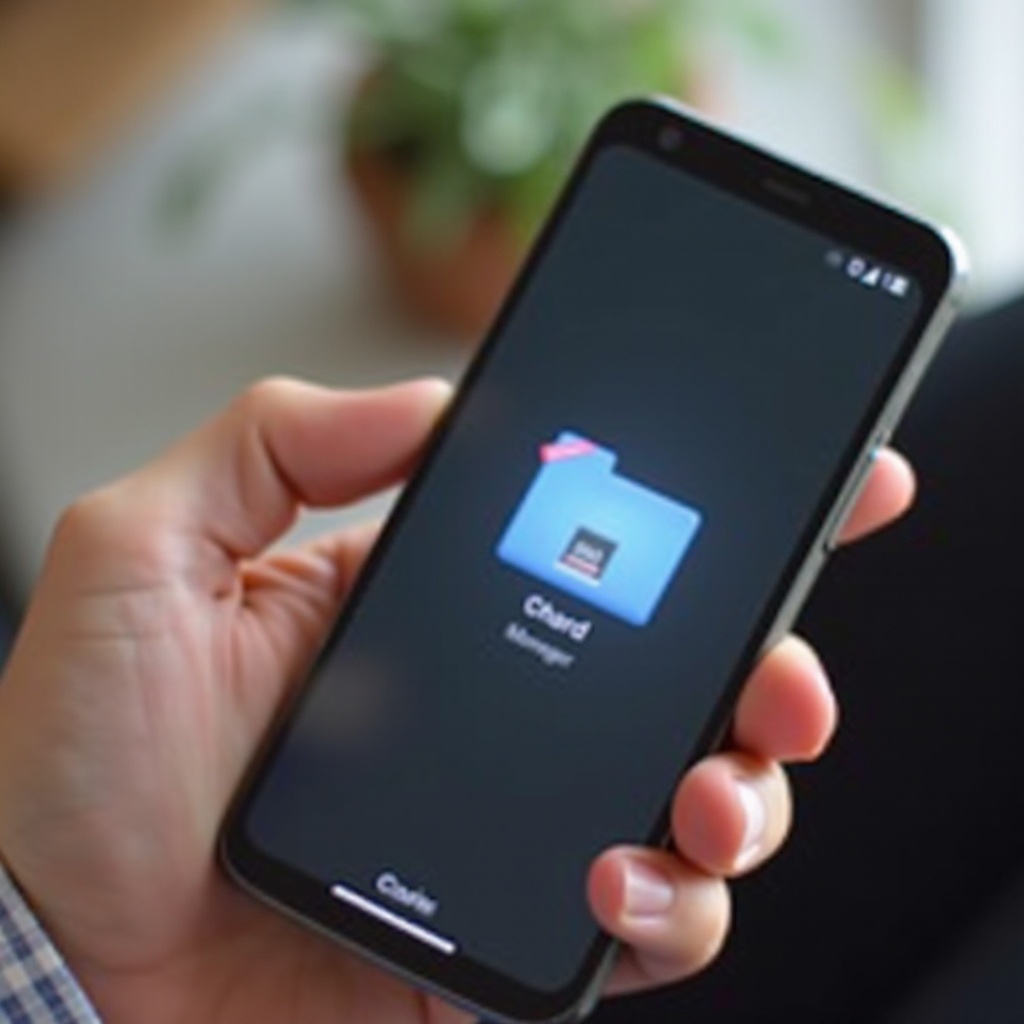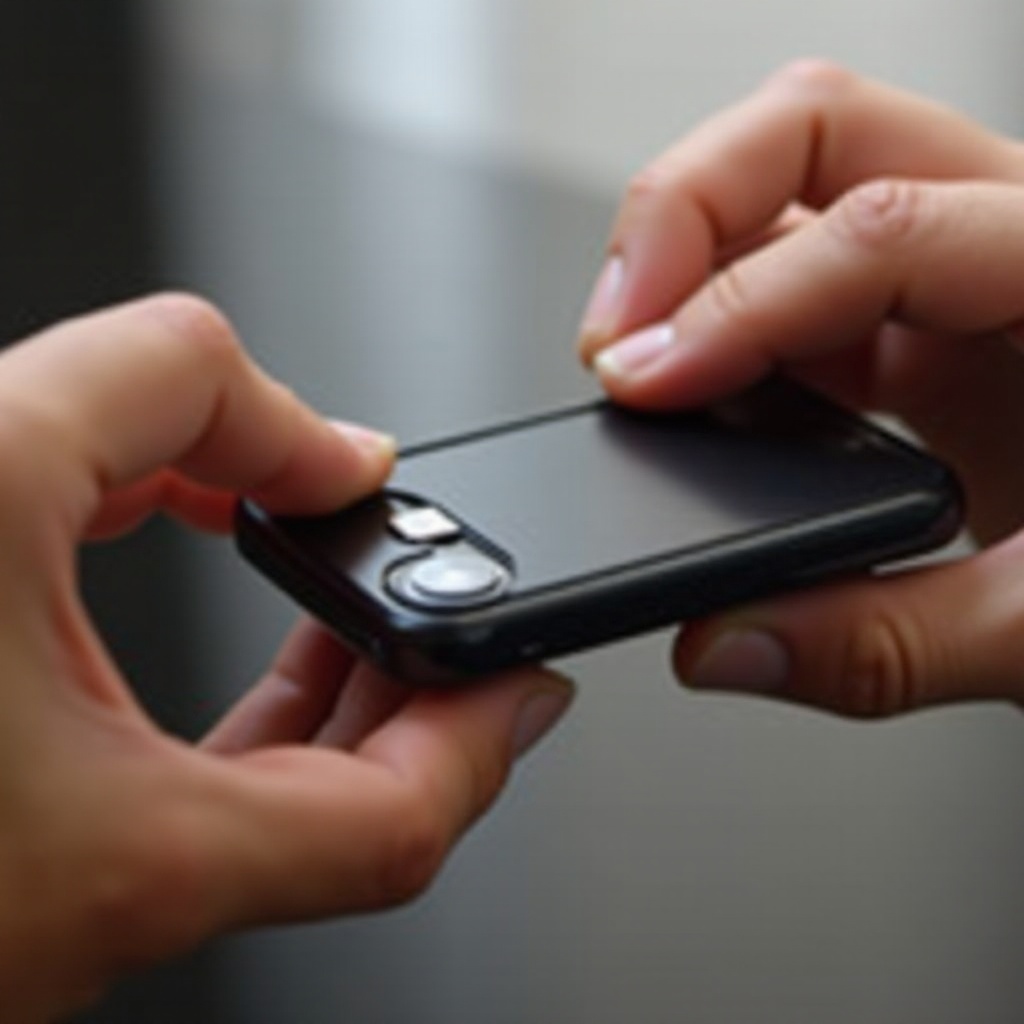Introduction
If you want to expand your mobile device’s storage, using an SD card is an excellent solution. However, accessing and managing files on your SD card can sometimes feel like a daunting task. This guide walks you through everything you need to know, from understanding different types of SD cards to accessing them on both Android and iPhone devices. We will also cover troubleshooting common issues to ensure your experience is smooth and hassle-free.

Understanding SD Cards
SD cards come in various types and formats, each serving different needs and devices. Understanding which card suits your phone best is crucial for seamless use.
Types of SD Cards
SD cards come in different sizes and capacities:
1. SD (Standard Capacity): These cards range from 1MB to 2GB.
2. SDHC (High Capacity): These range from 2GB to 32GB.
3. SDXC (Extended Capacity): Capacities start at 32GB and can go up to 2TB.
4. MicroSD: Smaller in size but similar in capacity, commonly used in smartphones.
Choosing the Right SD Card
When selecting an SD card for your phone:
– Check Compatibility: Ensure the card fits and is supported by your phone model.
– Evaluate Storage Needs: Consider what you’ll use it for—whether storing apps, media files, or both.
– Look at Speed Ratings: Faster cards (like Class 10 or UHS-I) are better for high-definition content.
Understanding the SD card landscape helps make an informed choice tailored to your needs, setting the stage for smooth integration with your phone.

Setting Up Your SD Card
Before you can use an SD card, you must ensure it’s compatible with your device and correctly inserted.
Checking Phone Compatibility
Not all phones support SD cards. To check:
1. Refer to your phone’s user manual.
2. Visit the manufacturer’s website.
3. Physically inspect your phone for an SD card slot (usually found near the SIM card slot).
Inserting the SD Card
- Switch Off Your Phone: Turn off your phone before inserting the SD card to avoid potential damage.
- Locate the Slot: Find the SD card slot on your device.
- Insert Correctly: Insert the card in the slot as per the indicated direction.
- Reboot: Turn your phone back on.
If your phone detects and mounts the card successfully, you will be ready to use it for extra storage.
Accessing the SD Card on Android
Android phones offer flexible options for accessing and moving files. Here’s how to get started:
Navigating Storage Settings
- Open Settings: Go to ‘Settings’ on your Android device.
- Storage: Tap on ‘Storage’ or ‘Storage & USB,’ depending on your Android version.
- View SD Card: Under ‘External storage,’ you should see your SD card listed.
Using File Manager Apps
For more advanced management:
1. Open File Manager: Use the built-in file manager or download a reputable app like ES File Explorer.
2. Browse Files: Navigate through folders like ‘Internal Storage’ and ‘SD Card’ to access files.
3. Manage Files: Move, copy, or delete files as needed.
Moving Files to SD Card
To free up internal storage:
1. Open File Manager: Launch a file manager app.
2. Select Files: Choose the files or folders you want to move.
3. Move to SD Card: Select ‘Move,’ navigate to your SD card, and paste files into the desired folder.
Moving files helps optimize your phone’s storage, ensuring efficient performance.
Accessing the SD Card on iPhone
Unlike Android, iPhones do not have built-in slots for SD cards, but you can still use them with external adapters.
Using External Adapters
- Select an Adapter: Purchase an Apple-compatible SD card reader or adapter.
- Connect Adapter: Insert the SD card into the adapter, then connect it to your iPhone’s lightning port.
- Import Files: Use the ‘Files’ app or apps like ‘Photos’ to view contents and import files from the SD card.
Compatible Apps
To facilitate access:
1. Files App: Use the iPhone’s built-in ‘Files’ app to manage documents.
2. Third-party Apps: Use apps like iFiles, which provide broader functionality for file management.
These methods make accessing SD card files possible even when you’re using an iPhone.

Troubleshooting Common Issues
Despite your best efforts, you might run into some problems when using an SD card. Here are common issues and solutions.
SD Card Not Recognized
- Reinsert the Card: Eject and reinsert the SD card properly.
- Restart Device: Sometimes, a simple reboot can make your phone recognize the SD card.
- Format the Card: If the card is new, it may need formatting to be compatible.
Data Corruption
- Use Data Recovery Software: Tools like DiskDigger can help recover corrupted data.
- Backup Regularly: Regularly backup your SD card data to prevent loss.
- Format the Card: As a last resort, formatting can resolve persistent issues but will erase all data.
These troubleshooting steps can save you from headaches and data loss.
Conclusion
Accessing an SD card on your phone doesn’t have to be a confusing task. By understanding the types of SD cards and their compatibilities, setting them up correctly, and knowing how to navigate storage options on both Android and iPhone, you can optimize your device’s storage easily. Don’t forget to troubleshoot common issues to keep everything running smoothly.
Frequently Asked Questions
Can I use the same SD card on different phones?
Yes, you can use the same SD card on different phones, provided they are compatible. Always back up data before switching devices.
What should I do if my phone doesn’t recognize the SD card?
Reinsert the card, restart your device, or try formatting the card. If these steps don’t work, the issue might be a hardware problem.
How can I back up SD card data efficiently?
Use backup apps like Google Drive or Dropbox, or transfer files to a computer regularly to ensure your data is safe.
